The story of how snakes lost their legs and evolved from lizard ancestors stands as one of evolution’s most fascinating transformations. This remarkable evolutionary journey spans millions of years, combining genetic mutations, environmental adaptations, and survival pressures that gradually transformed four-legged lizards into the sleek, limbless predators we recognize today. The transition wasn’t simply a matter of legs disappearing—it involved comprehensive restructuring of skeletons, sensory systems, hunting methods, and internal organs. As we explore this extraordinary evolutionary pathway, we’ll discover how the loss of limbs wasn’t a limitation but rather opened up new ecological niches and hunting strategies that allowed snakes to become one of Earth’s most successful vertebrate groups, with over 3,000 species thriving across nearly every habitat on the planet.
The Lizard Origins of Snakes
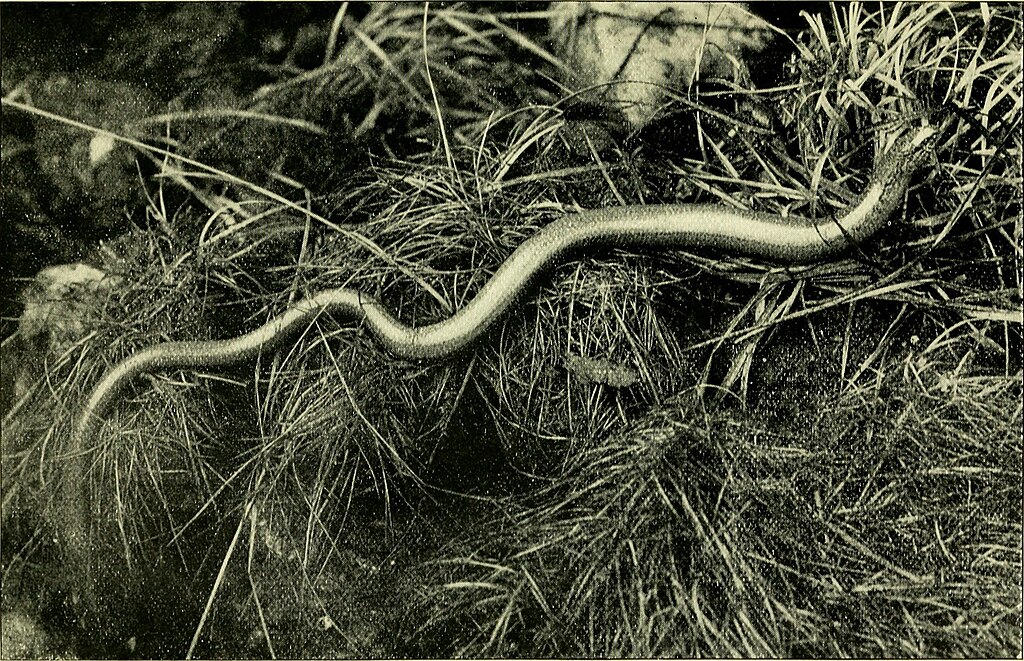
Snakes belong to the order Squamata, which also includes lizards, making them close evolutionary relatives despite their dramatically different appearances. Fossil and genetic evidence confirms that snakes evolved from lizards approximately 120-140 million years ago during the Early Cretaceous period. The most compelling evidence comes from transitional fossils like Najash rionegrina, discovered in Argentina, which possessed hind limbs but showed many snake-like features in its vertebrae and skull. Another remarkable transitional species, Tetrapodophis amplectus, discovered in Brazil, had four tiny limbs but a distinctly snake-like body with over 160 vertebrae. These ancient species provide crucial glimpses into the gradual transformation from four-limbed ancestors to the completely limbless modern snakes we know today.
Legless Lizards: The Living Parallels

Today’s world features several families of legless lizards that offer fascinating parallels to snake evolution, demonstrating how limb reduction has evolved independently multiple times. Species like the European slow worm (Anguis fragilis) and the glass lizards (Ophisaurus) have lost their limbs but retain many lizard characteristics including movable eyelids, external ear openings, and the ability to shed their tails when threatened—features absent in true snakes. The Australian pygopodids, often called “flap-footed lizards,” represent another independent evolution of limblessness, having reduced their forelimbs entirely while retaining tiny vestigial hind limbs that appear as small flaps. These contemporary legless lizards provide living examples of convergent evolution and help scientists understand the environmental pressures and adaptations that might have driven snake evolution.
The Genetic Mechanisms Behind Limb Loss
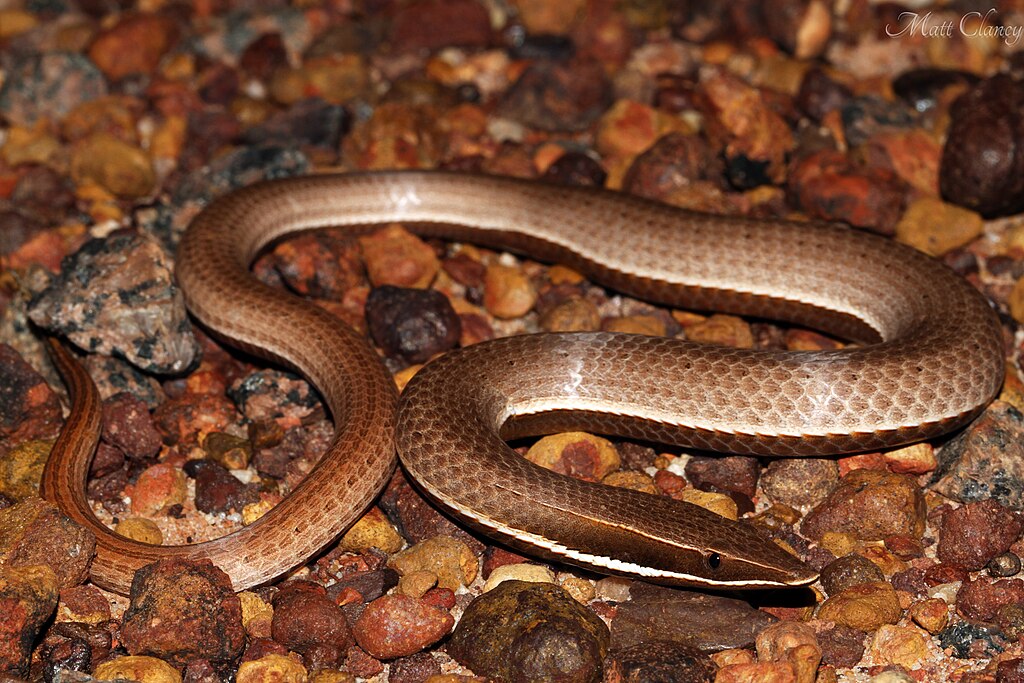
The genetic underpinnings of limb loss in snakes involve fascinating modifications to the Hox genes, which control body patterning during embryonic development. Research has shown that snakes possess mutations in the regulatory regions of Hox genes that normally direct limb formation, effectively silencing the genetic instructions for limb development. Specifically, changes to the enhancer regions of the Hox genes prevent activation of crucial limb-forming genes like Sonic hedgehog in the areas where limbs would normally develop. Interestingly, pythons and boas still develop tiny vestigial hind limbs as “spurs,” indicating they retain some partial activation of the limb-development pathway. Scientists have even demonstrated that by artificially activating certain developmental genes in snake embryos, they can induce the formation of limb buds, confirming that the genetic machinery for limb development still exists but has been switched off during evolution.
The Debate: Land or Sea Origin?
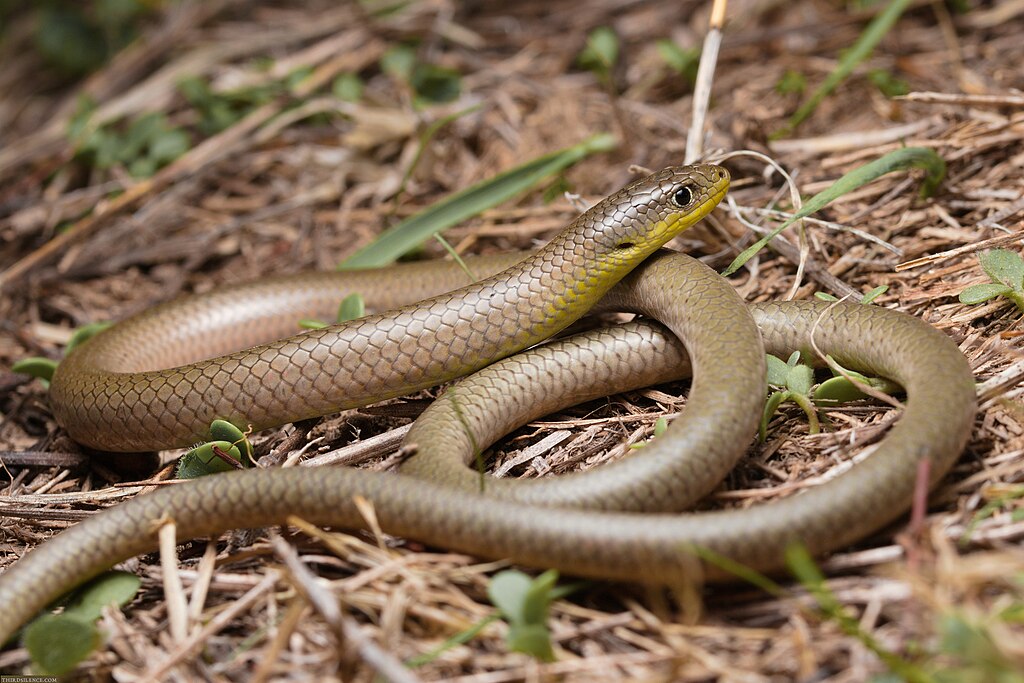
The question of whether snakes evolved from land-dwelling or marine ancestors remains one of the most contentious debates in reptile evolution. The marine origin hypothesis suggests that snakes evolved from aquatic lizards, pointing to similarities between early snakes and mosasaurs (large marine lizards) in skull structure and the fact that swimming doesn’t require limbs. Proponents highlight that many early snake fossils come from marine environments and note that sea snakes today show how well-adapted the limbless form is to aquatic life. The terrestrial origin hypothesis, which has gained stronger support in recent years, argues that snakes evolved from burrowing lizards, with limb reduction occurring as an adaptation for moving through narrow underground passages. This theory is supported by features in early snakes like reinforced skulls for pushing through soil and the placement of eyes on top of the head. Modern genetic analyses and the discovery of transitional fossils in terrestrial deposits have strengthened the case for a land-based origin.
Skull Transformations: The Key to Snake Success

The snake skull underwent revolutionary changes far beyond what’s seen in legless lizards, developing extreme mobility that allows them to consume prey much larger than their head. Unlike the rigid skulls of their lizard ancestors, snake skulls evolved highly kinetic joints that permit the jaw to unhinge and the skull bones to move independently of one another during feeding. This remarkable adaptation depends on several specialized features: flexible ligaments connecting skull bones, a quadrate bone that rotates outward, and mandibles (lower jaws) connected by elastic ligaments rather than rigid symphyses. Additionally, snakes lost the temporal arch that reinforces lizard skulls, allowing for greater expansion when swallowing large prey. These cranial modifications represent a functional revolution as significant as limb loss, enabling snakes to adopt unique feeding strategies that opened up new ecological niches unavailable to their lizard relatives.
Vertebral Evolution: Creating the Snake’s Backbone
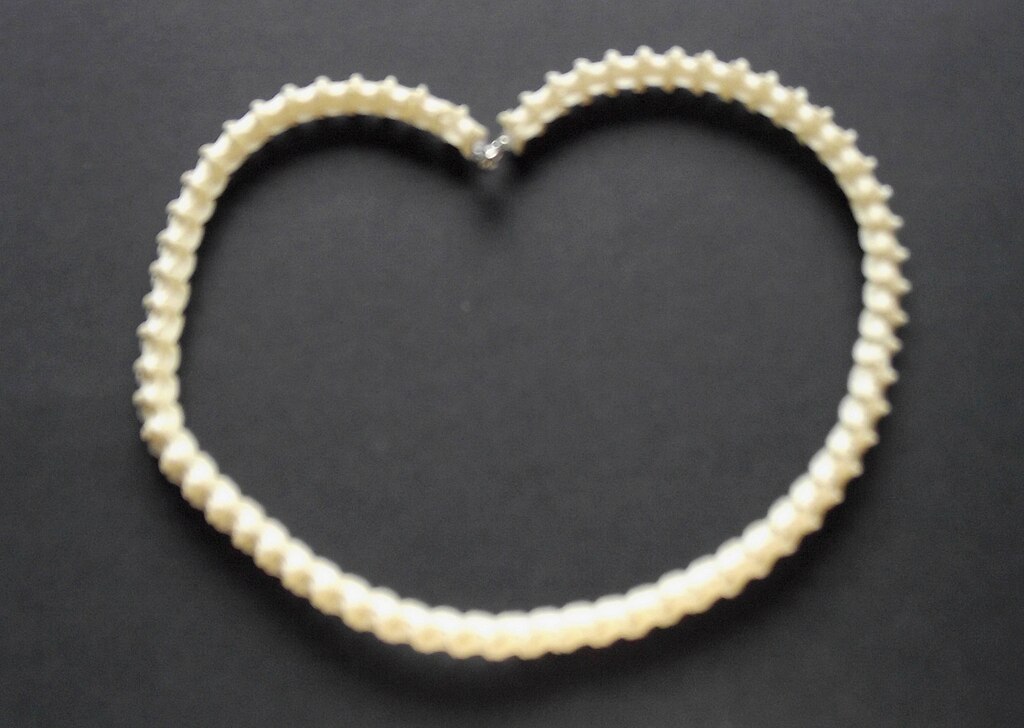
The snake’s backbone represents one of the most dramatic skeletal modifications in vertebrate evolution, with modern snakes possessing between 200-400 vertebrae compared to the mere 26-30 found in most lizards. This extraordinary increase in vertebral number resulted from changes in the Hox genes that control vertebral development, allowing for the formation of many more segments during embryonic growth. Beyond sheer numbers, snake vertebrae developed unique interlocking processes called zygapophyses that provide exceptional flexibility while maintaining structural strength. Each vertebra also evolved specialized ball-and-socket joints that permit movement in multiple planes, allowing snakes to perform their characteristic lateral undulation, concertina movement, and rectilinear locomotion. These vertebral adaptations work together with specialized muscles to create one of nature’s most effective locomotion systems, enabling snakes to climb, swim, burrow, and glide despite having no limbs.
Sensory System Overhaul: New Ways to Perceive the World

As snakes evolved from lizards, they underwent a complete reconfiguration of their sensory systems to adapt to their new limbless lifestyle and hunting strategies. Perhaps most remarkably, many snakes developed heat-sensing pit organs that detect infrared radiation, allowing them to form thermal images of warm-blooded prey even in complete darkness. Vipers, pythons, and boas independently evolved these organs, demonstrating convergent evolution in response to similar ecological pressures. The snake tongue and vomeronasal (Jacobson’s) organ co-evolved into a sophisticated chemical detection system, with the forked tongue collecting scent particles that are then analyzed in specialized olfactory chambers in the roof of the mouth. This system allows snakes to determine both the presence and direction of prey and predators. Simultaneously, snake eyes evolved specialized adaptations, including fusion of the transparent eyelid into a permanent “spectacle” that protects the eye while maintaining vision, and in many cases, rod-dominated retinas for enhanced night vision.
Internal Organ Reconfiguration
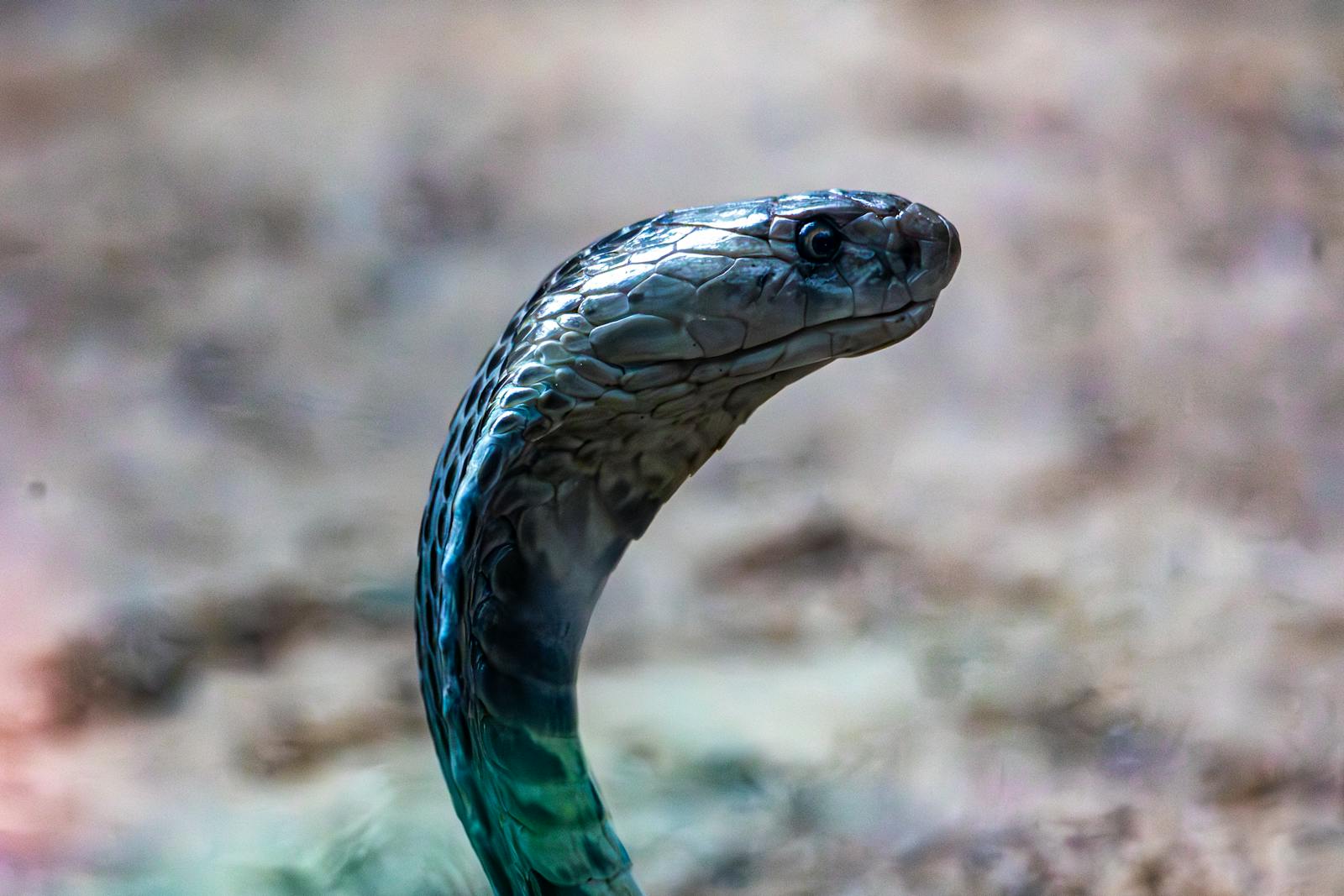
The evolutionary shift to a long, tubular body necessitated dramatic reorganization of snake internal organs compared to their lizard ancestors. Most notably, snakes developed extreme asymmetry in their paired organs—typically retaining only one functional lung (usually the right) while the left lung became vestigial or disappeared entirely, creating space in the elongated body cavity. The heart migrated further back in the body in many species, a position that helps maintain blood pressure when the snake is vertical during climbing. Other organs became dramatically elongated and repositioned, with the liver, kidneys, and reproductive organs adopting a linear arrangement rather than the more compact configuration seen in lizards. The digestive system evolved specialized elasticity to accommodate large, infrequent meals, with the stomach capable of expanding to several times its normal size and producing extraordinarily potent digestive acids. These internal modifications were essential adaptations for the snake’s unique body plan and feeding strategy.
Venom Evolution: The Ultimate Predatory Adaptation
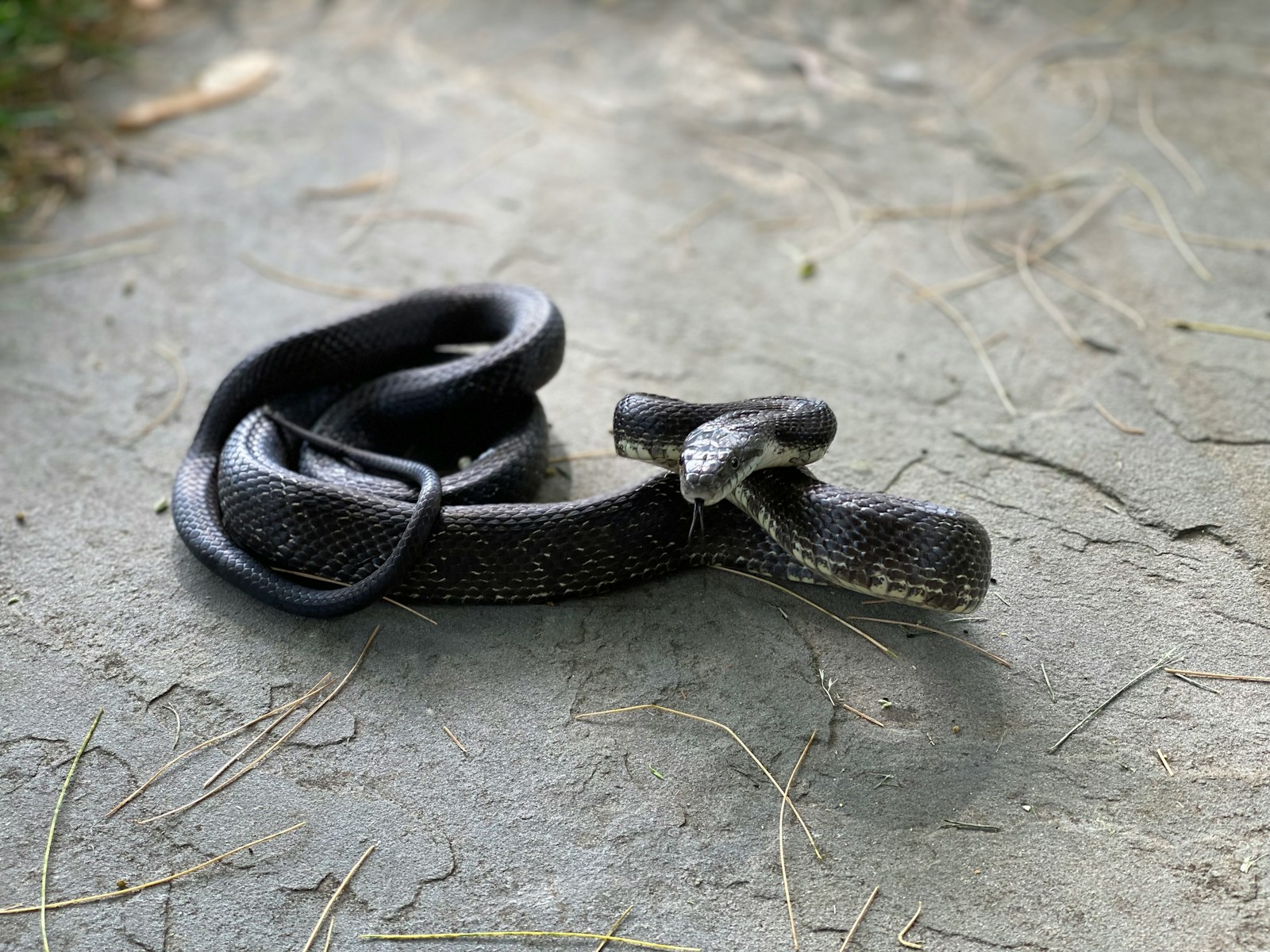
Perhaps the most fearsome adaptation in the snake evolutionary arsenal is venom, which has evolved independently multiple times in different snake lineages. Venom originated from modified salivary glands that gradually developed toxins through the repurposing of digestive enzymes and other proteins. The front-fanged venomous delivery system of vipers (Viperidae) and cobras (Elapidae) represents the most advanced stage of this evolution, with hollow, hypodermic-like fangs that can inject venom deep into prey tissues. Rear-fanged snakes like the boomslang developed an intermediate system with grooved teeth positioned farther back in the mouth. The composition of snake venom varies tremendously across species, with some specialized to immobilize specific prey types—mammal-hunting vipers produce venoms rich in hemotoxins, while neurotoxins dominate in elapids that hunt other reptiles. Recent genomic studies have revealed that venom evolution is driven by gene duplication followed by mutation and selection, creating an arms race between predator and prey that continues to drive venom diversification today.
Reproductive Adaptations Following Limb Loss
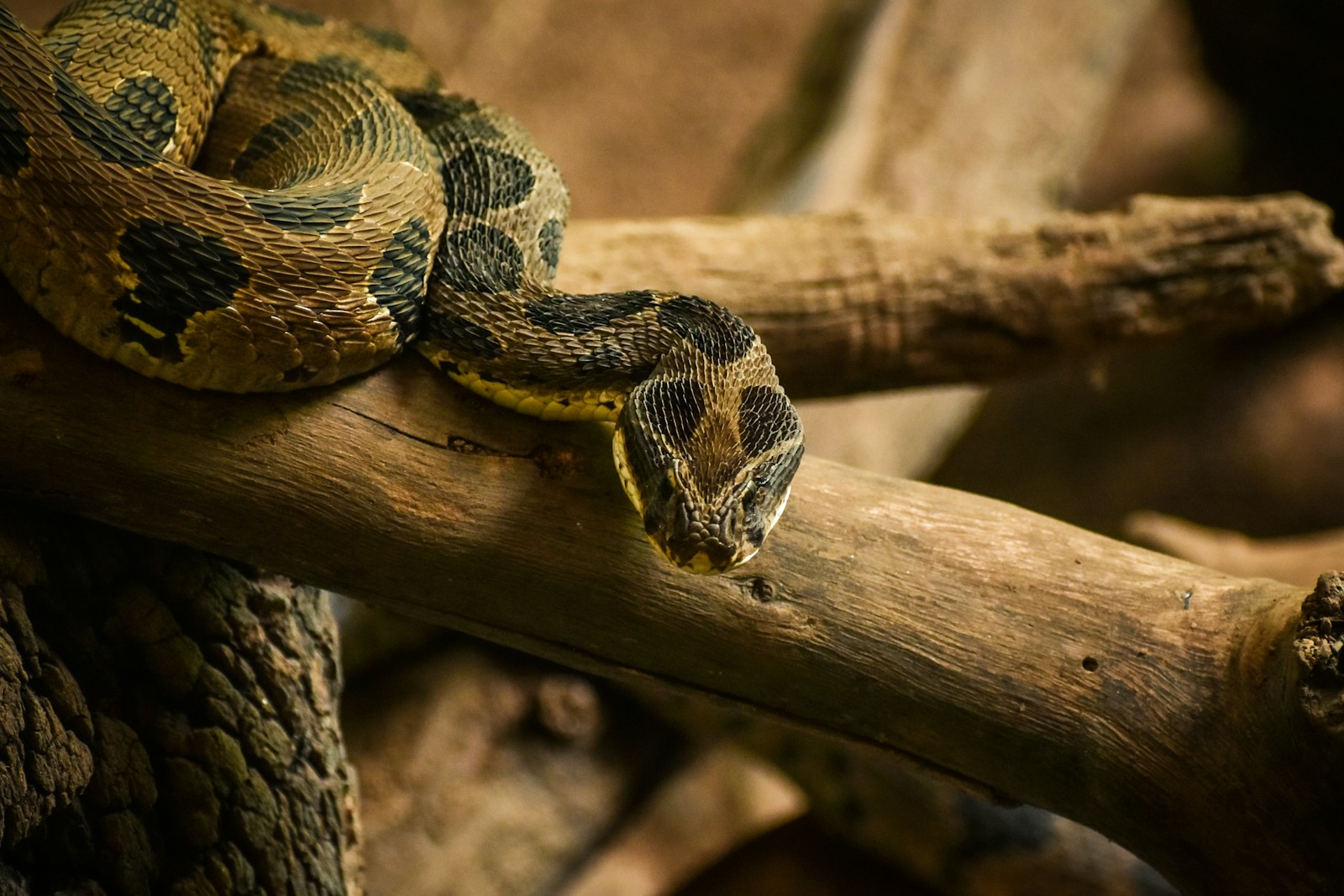
The transition to a limbless body form required significant adaptations in reproductive anatomy and behavior, particularly for internal fertilization. Male snakes evolved paired hemipenes, complex intromittent organs stored inverted within the tail and everted during mating—a structure quite different from the single penis found in crocodilians and turtles or the simple cloacal contact of many lizards. Female snakes developed asymmetric reproductive tracts to accommodate their elongated body form, often with one ovary larger or positioned differently than the other. Many snake species evolved complex courtship behaviors to compensate for the lack of limbs used in the mating displays of their lizard ancestors, including male combat rituals, synchronized body undulations, and chemical signaling through pheromones. Perhaps most significantly, the majority of snake species evolved viviparity (live birth) or ovoviviparity (egg retention until hatching) rather than the egg-laying oviparous reproduction common in ancestral lizards, possibly as an adaptation to the difficulties a limbless animal would face in constructing and defending a nest.
The Python’s Vestigial Legs: Evolutionary Relics
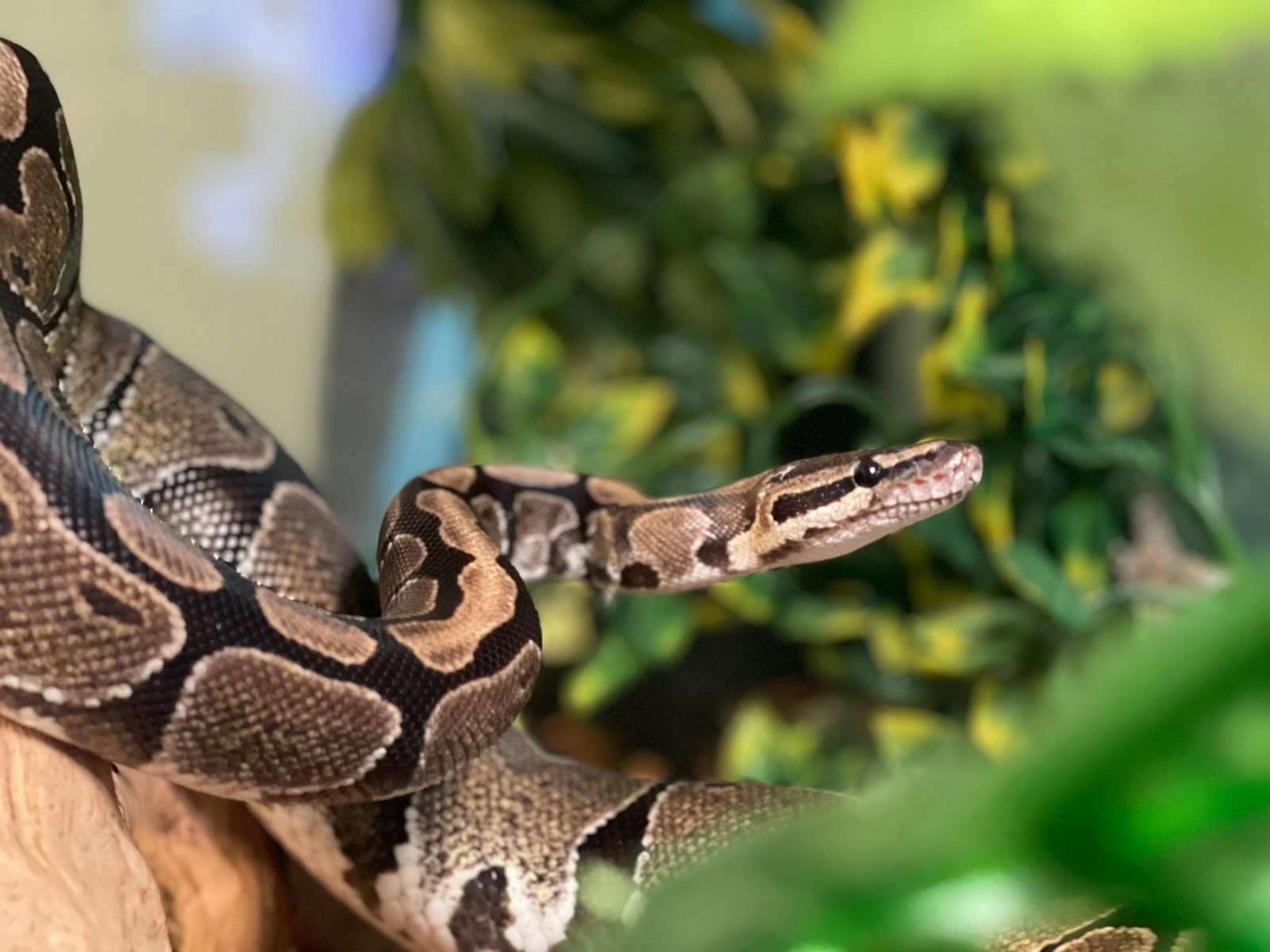
Pythons and boas offer some of the most compelling visible evidence of snakes’ lizard ancestry through their vestigial hind limbs, which appear as small claws or “spurs” on either side of their cloaca. These structures represent the remnants of the pelvic girdle and femur bones that formed the hind limbs of their four-legged ancestors. In male pythons and boas, these spurs are typically larger and are actively used during mating, helping to stimulate the female and maintain position during copulation. The presence of these structures aligns perfectly with the genetic evidence showing that while snakes have mutations affecting limb development, they still retain many of the genes necessary for limb formation. Embryological studies of pythons reveal that they actually begin developing hind limb buds, which later regress due to the absence of sustained Sonic hedgehog gene expression, demonstrating that limb loss in snakes was a gradual process of genetic modification rather than wholesale deletion of limb-forming genes.
Modern Snake Diversity: The Success Story
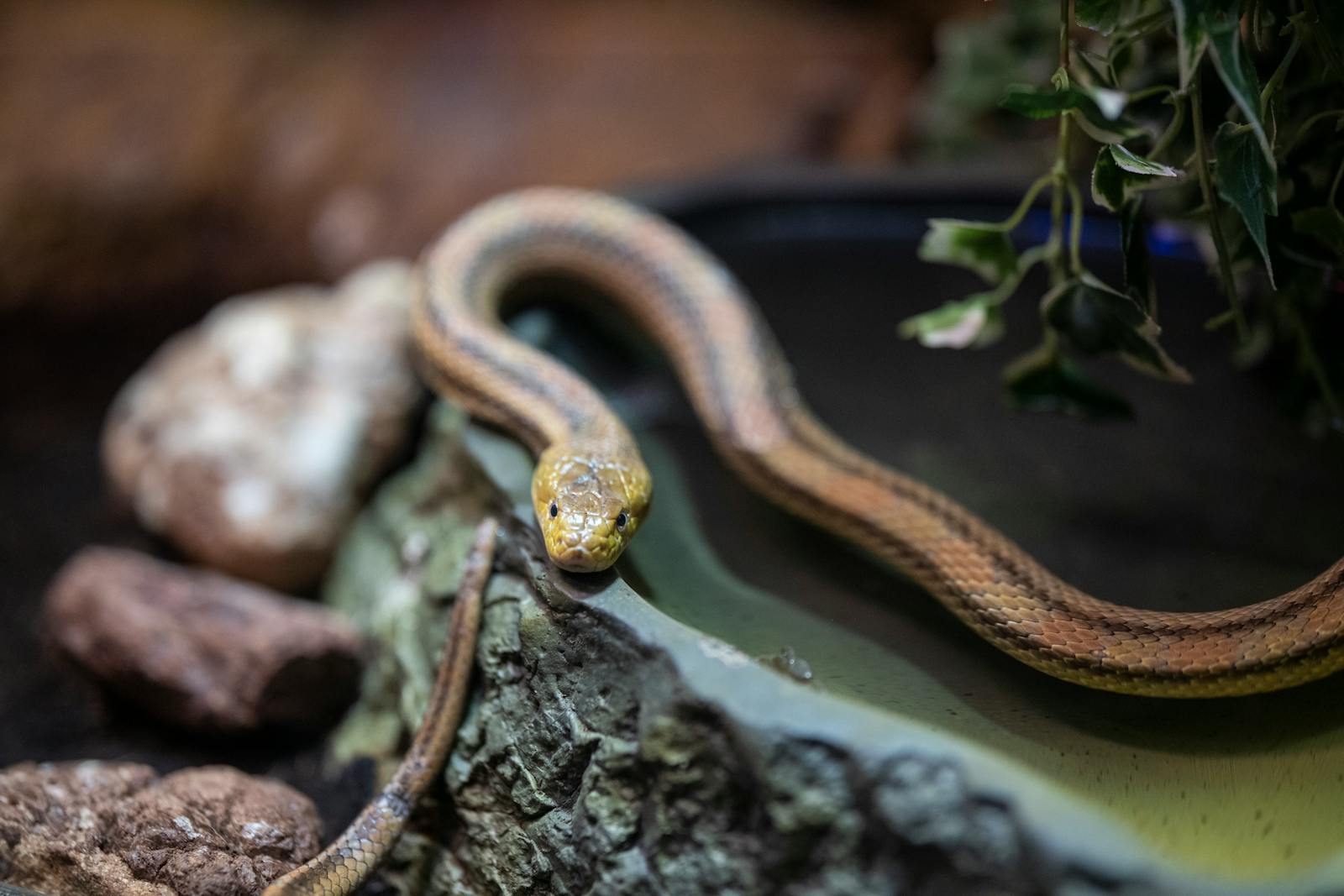
The evolutionary transition from lizards to snakes ultimately proved remarkably successful, with snakes diversifying into over 3,700 species that occupy nearly every terrestrial ecosystem and many aquatic ones. This adaptive radiation has produced an extraordinary range of specializations: burrowing blindsnakes with reduced eyes and reinforced skulls, arboreal vine snakes with elongated bodies and binocular vision, massive constrictors like anacondas capable of subduing large prey without venom, and highly venomous species with specialized delivery systems. Snakes have colonized habitats from deserts to rainforests, freshwater to marine environments, and subterranean to arboreal niches. Their limbless body plan, rather than being a limitation, has proven exceptionally versatile, allowing for specialized locomotion types including lateral undulation, rectilinear movement, sidewinding, and concertina progression. This remarkable diversity demonstrates that the evolutionary “experiment” of limb loss, rather than restricting snakes, opened up new ecological opportunities that have allowed them to become one of the most successful vertebrate groups on the planet.
Convergent Evolution: When Different Animals Find the Same Solution
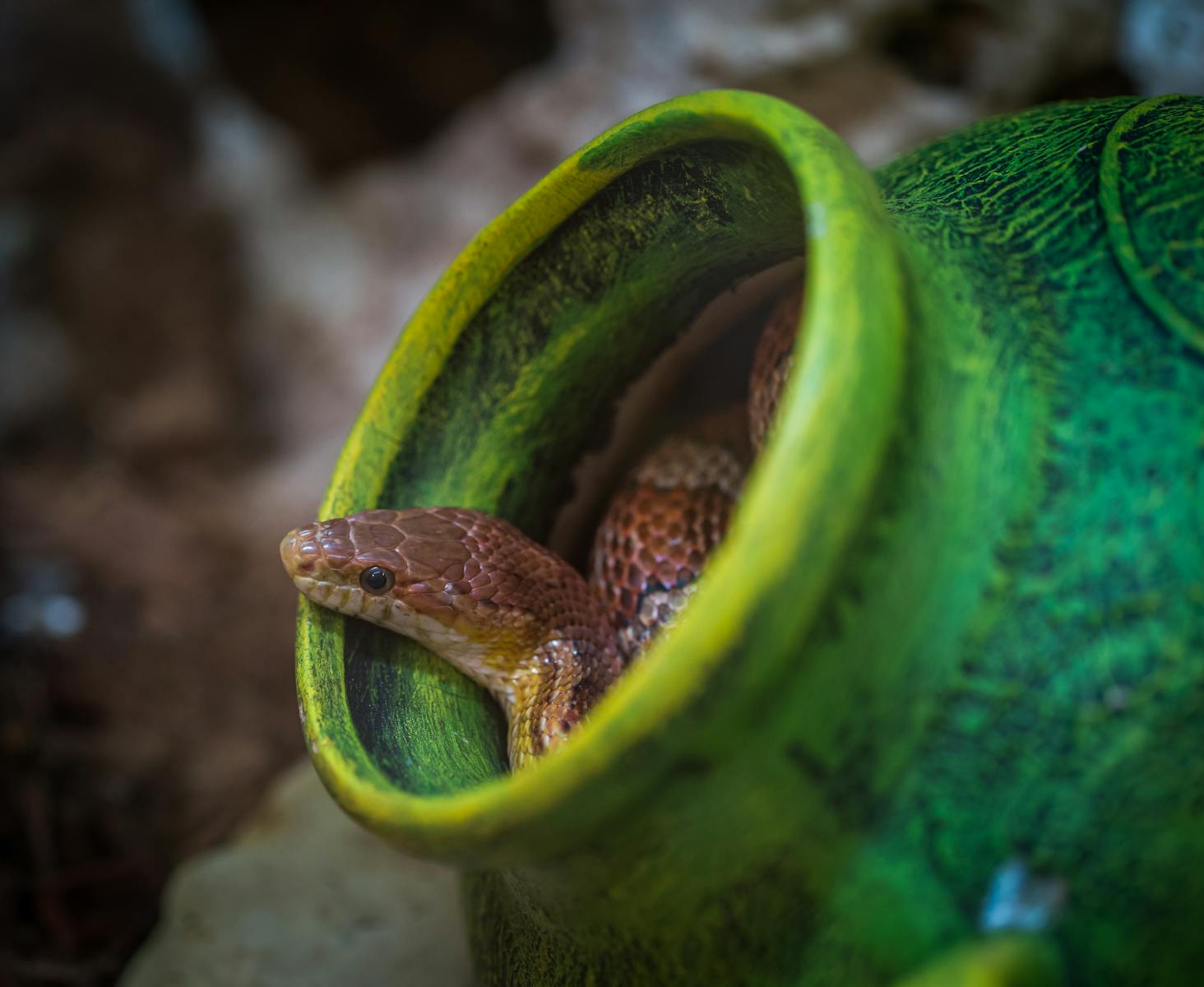
The repeated evolution of limblessness across the animal kingdom offers a fascinating example of convergent evolution—the process where unrelated organisms develop similar traits in response to similar environmental pressures. Beyond legless lizards, limblessness has evolved independently in amphibians (caecilians), numerous lizard families, and even in mammals with the scaly anteater. This pattern strongly suggests that losing limbs provides significant advantages in certain ecological contexts, particularly for animals that burrow or move through dense vegetation. In each case, the body becomes elongated with numerous vertebrae, the limbs reduce or disappear, and the animals develop specialized forms of locomotion using lateral undulation or accordion-like movements. However, each lineage retains distinctive characteristics from their ancestors—snakes kept their lizard ancestors’ skull kinesis but elaborated it further, while amphisbaenians developed unique reinforced skulls for “head-first” burrowing. These convergent yet distinct examples of limblessness highlight how natural selection can repeatedly arrive at similar adaptive solutions while working with different ancestral starting points.
The Future of Snake Evolution

As we look to the future, snake evolution continues as these remarkable reptiles face new challenges from climate change, habitat destruction, and human persecution. These pressures are likely driving new selective forces, potentially favoring snakes with broader temperature tolerances, greater behavioral flexibility, or reduced venom toxicity in human-dominated landscapes. Some evidence suggests rapid adaptation is already occurring—certain island populations of tiger snakes have evolved larger head sizes to consume introduced toads, while other species show urban adaptations including altered activity patterns and habitat preferences. The genomic toolkit of snakes, with their remarkable capacity for rapid adaptation seen in previous evolutionary innovations, may serve them well in responding to anthropogenic changes. However, specialized species with narrow ecological niches face greater extinction risks, particularly habitat specialists like forest-dwelling vipers or prey specialists like bird-eating snakes. The future diversity of snakes will likely depend on whether their evolutionary innovation—a legacy of dramatic adaptation from limbed ancestors—continues to prove advantageous in a rapidly changing world.
The transformation from four-legged lizards to modern snakes represents one of nature’s most dramatic evolutionary journeys. This process wasn’t merely about losing limbs—it involved comprehensive restructuring of nearly every body system, from skeleton to sensory organs, feeding apparatus to internal anatomy. The snake’s story teaches us that evolution doesn’t simply remove traits but repurposes and revises existing structures into new forms with new functions. What might appear as a limitation—the loss of limbs—instead opened up new ecological opportunities and hunting strategies that lizards couldn’t exploit. As we continue to study transitional fossils and the genetics behind this remarkable transformation, we gain deeper insights into the processes that drive evolutionary innovation. Snakes stand as a powerful reminder that adaptation can take unexpected paths, creating extraordinary diversity from the most unlikely beginnings.





